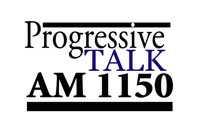Tuesday, June 27, 2006
Hard landing or soft splat?
Now it's not possible for most Americans, even with two-plus jobs per family.
On the individual level, the Fifties were a time of lots of booze, pills, and secret abortions. Unlike the Little House on the Prairie vision of schools, they were mostly rote learning, really soul-killing stuff. Many teachers were bullies.
We actually do a far better job of conserving resources. People work much longer hours than they used to. And spouses work.
What has happened is that as a result of short-term financial stresses, we monetized many services, like child care, and found that it was not cost-effective. Businesses found that it was convenient to force employees to move, so the support networks people had collapsed. I'm writing this much too quickly to frame the issue properly (other duties impinge), but perhaps you can get my drift.
<< Home
More blogs about politics.








